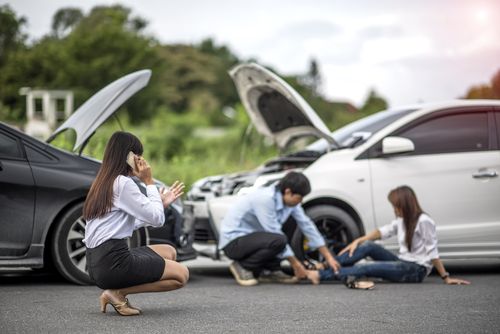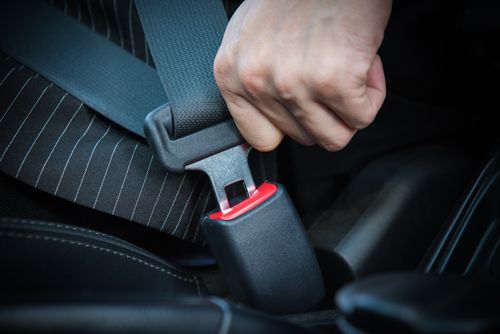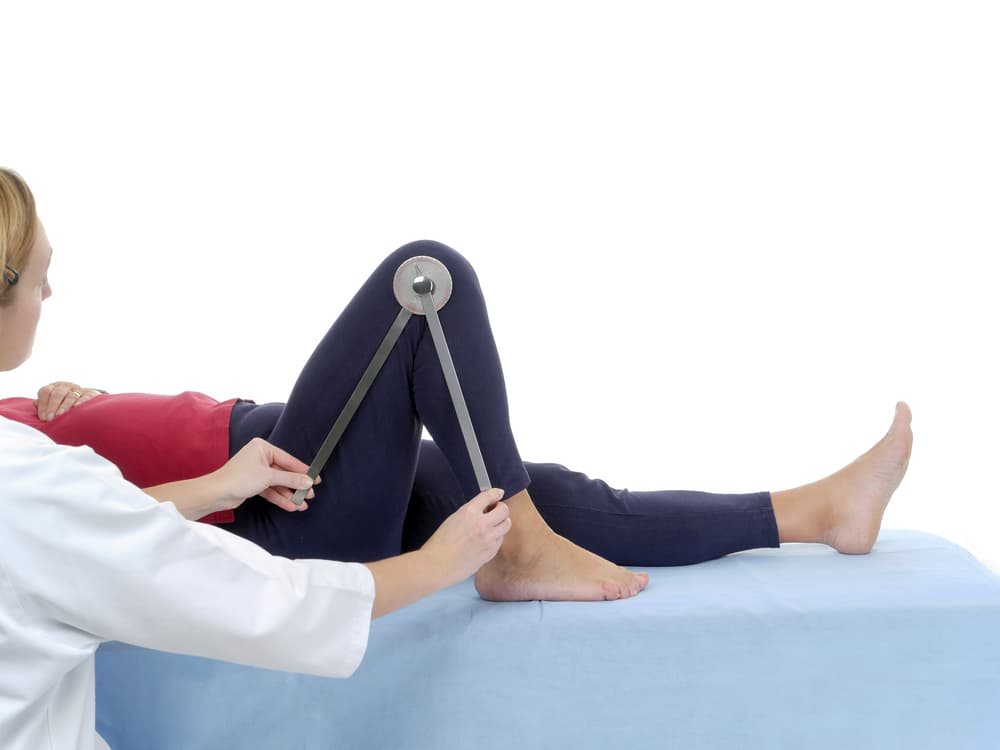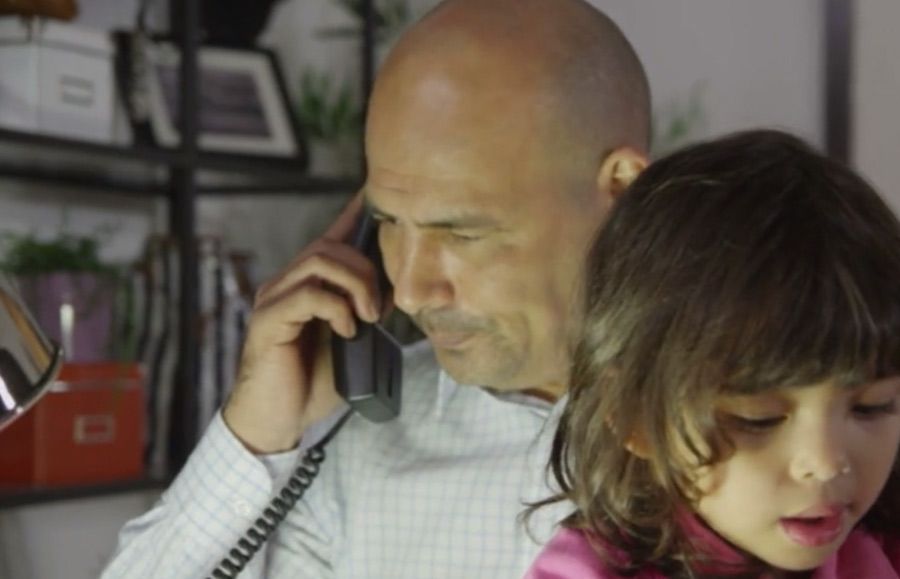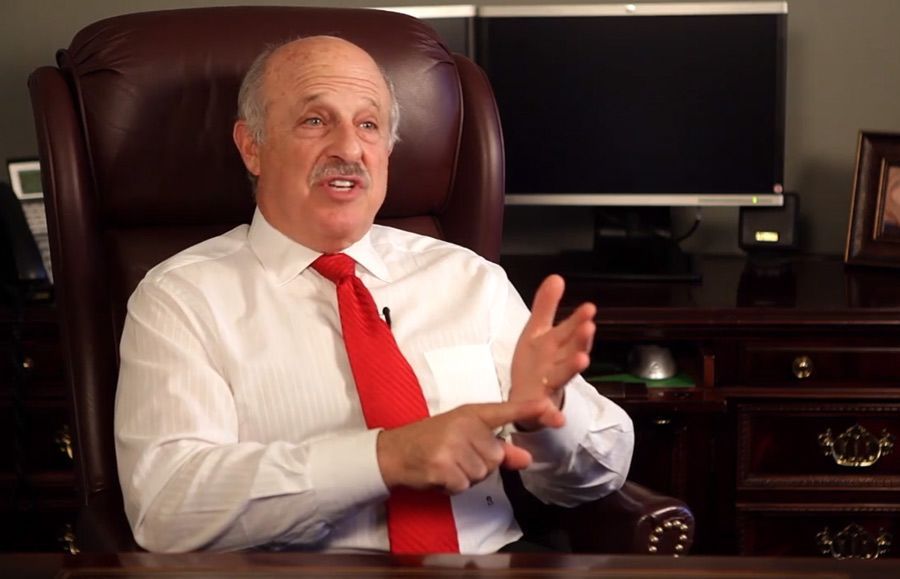
On Sunday, November 5th, the clocks turn back acknowledging the end of daylight savings. Returning to standard time for most is a moment to celebrate, with one more hour to sleep-in before starting the day! But not everyone is so thrilled with the clocks changing. Especially those involved in the increase of vehicle accidents that occur around this time each year.
When our society ‘falls back’, our natural schedules and sleep patterns can be negatively altered, affecting our concentration, attention span, and inevitably our driving abilities. Factors shown to increase vehicle accidents on the road after daylight savings include:
Staying Up Later
Some people believe with an extra hour of sleep, they are able to stay up an hour or two later. Following this myth can result in increased feelings of fatigue and cause you to become less alert upon waking- the opposite effect expected.
Darker Streets
During the warm seasons of spring and summer drivers are used to driving on well-lit streets in the morning and evening hours. Switching abruptly to a darkened commute can take time to get used to, requiring optimal alertness for safe driving. Cyclists and students who walk can be difficult to see on dark streets, increasing the chance of pedestrian accidents occurring.
Poor Weather Conditions
It’s hard enough to drive in snow and cold temperatures. Adding a change in sleep habits and lack of visibility to the equation can truly make for a difficult commute. Cold roads can be slippery and ice can be hard to detect even under well lit circumstances.
There is little you can do to change time and mother nature, but there are methods of preparation you can take to help increase your safe driving abilities in the weeks after the clocks switch:
- Sleep Schedule- Try to maintain your ordinary sleep schedule. Sticking to a schedule will keep your body functioning more efficiently than attempting to play around with the extra hour gained.
- Car Preparation– Prepare your car for the morning commute the night before. Make sure all of the safety features and lights are clear of debris and working properly. Also, consider stocking up on winter gear to help clear snow and ice from your vehicle for preparation of snowy days.
- Attention To Traffic– Make sure you are always aware of the intersections, roundabouts and pedestrian crossings on your route to work, as you won’t be able to see them as well in the dark. Approach with caution and alertness at all times, paying attention to both the pedestrians and surrounding vehicles.
- Follow Speed Limits– Speeding in the dark on a cold morning is a recipe for disaster. Mind all speed limits in your area, even if it means being a few minutes late to work one day.
- Limit Tailgating– Ensure there is plenty of room for quick breaking if necessary between your car and the one in front of you. Fender benders can be common among congested morning traffic, especially when everyone is becoming accustomed to the new driving conditions.
- Take It Slow– Giving yourself enough time in the morning for your routine and commute will reduce the need for rushing when driving. It will also allow your car to properly warm up, eliminating stress on your vehicle and the possibility of foggy glass blocking your view.
As always, limit common distractions such as loud music and mobile devices when driving. There will be enough distractions on the road to occupy your mind, so limiting distractions inside of your vehicle will help you become more vigilant and defensive when driving during the time change.
If you or someone you love have been injured in an accident or as the result of someone’s reckless or negligent conduct, contact Rosenberg & Gluck, personal injury attorneys, for a free, confidential legal consultation to learn more about your options.
